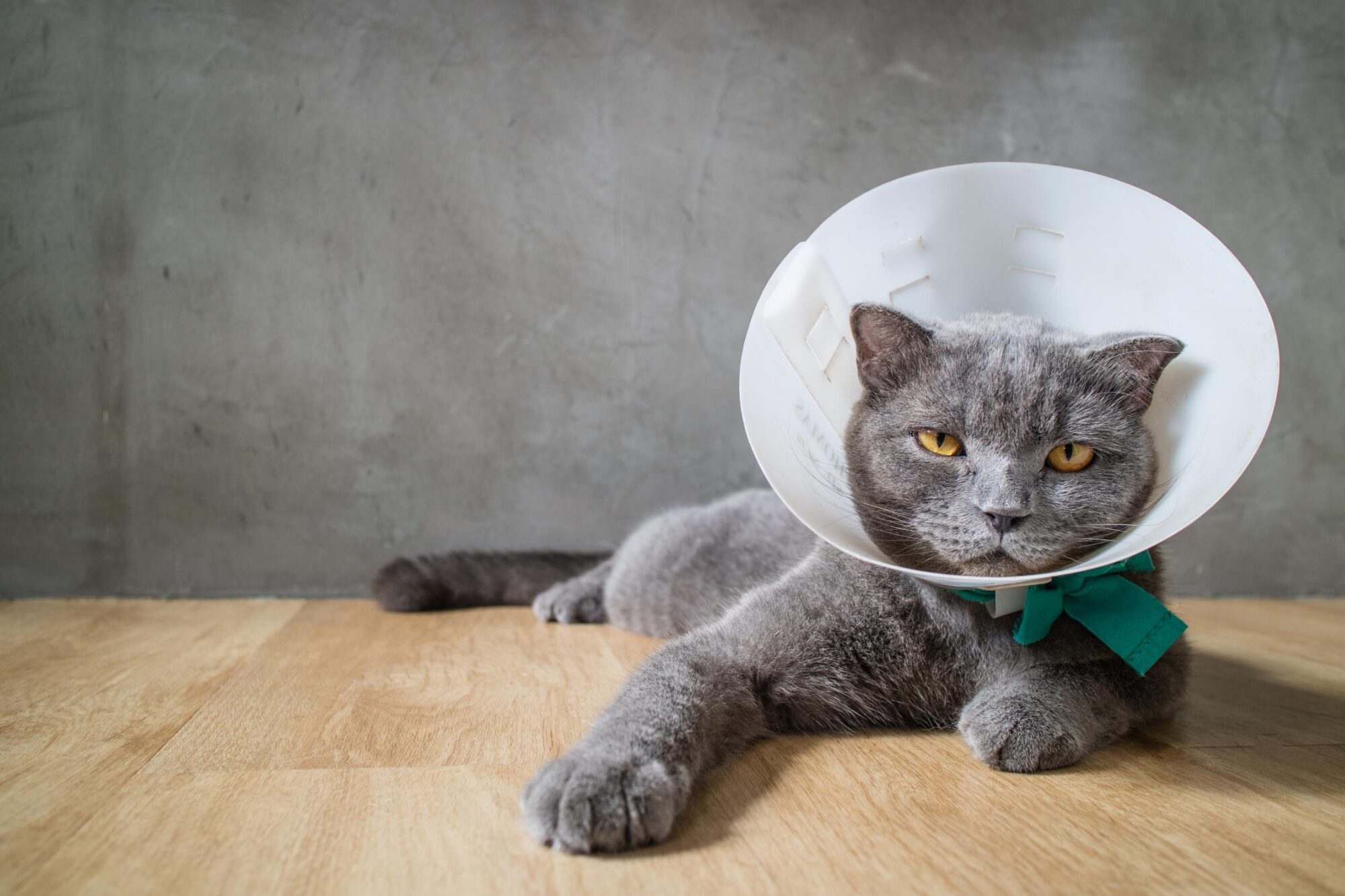Part of Your Pet? When Mass Removals are Necessary

While you may be tempted to let your pet keep that little growth that they made all by themselves, many times is it recommended or necessary for them to undergo a mass removal. Mass removals are a common soft tissue surgical procedure at The Gentle Vet, and should your pet ever need surgery we want you to be prepared.
Considering a Mass Removal
A new lump or bump on a pet could be anything from a benign cyst on a dog to a serious hernia through the muscle tissue to an infected abscess to a serious cancerous growth. So how do we decide when to worry and when surgery is necessary?
When a pet presents to us for evaluation of a growth or swelling, we take several factors into account. Things that are evaluated include:
- Is the mass a new one? Or has it been present for a long time without change?
- Where is the mass located?
- How big is the mass?
- Does the mass feel firm? Squishy? Attached to other things?
- How does the mass look? Irritated? Ulcerated?
- Does the pet have enlarged lymph nodes?
- Does the pet have other signs that they may not be doing well?
- Does the patient have a history of cancer?
- Is the patient a breed that has a high risk for malignancies?
- Is the area painful or irritating to the pet?
These factors can give us clues about what a mass might be. For many types of masses we can also obtain an FNA (fine needle aspirate). An FNA is performed by gently introducing a sterile needle into an area of interest in order to obtain some cells that can be examined microscopically. The types of cells in the area can sometimes help us to better identify what the mass is.
Any mass that is behaving suspiciously, appears suspiciously either grossly or microscopically, or is bothering the patient is likely to need to be removed. This is typically done as a surgical procedure.
What Goes Into a Pet Surgery
If your pet needs surgery to remove or biopsy an area of concern, please know that our team is ready to provide the best possible care for your beloved baby.
Once fully anesthetized, the area of concern is surgically prepared by clipping fur and cleaning. A local anesthetic, if appropriate, may be placed before the surgeon begins removal.
For smaller lesions such as a warty growth or an excisional biopsy, the surgical incision may be quite small. For many mass removals, though, the incision ends up being larger than most owners envision. This is because we often make the incision with the goal of removing any and all potentially affected tissue from the area, taking “margins” of healthy tissue on all sides possible.
After your pet is sewed up and awake, after care typically consists of activity restriction and bandages or recovery collars to help the site heal well. We will need your help monitoring the surgical site for signs of infection or healing difficulties, managing your pet’s pain, and keeping rechecks are recommended.
Most times, the surgically removed tissue is sent to a laboratory for microscopic analysis (biopsy). This can provide much more information than a fine needle aspirate and may give us details like the exact type of mass, whether all the affected tissue was successfully removed, whether we can expect the problem to return or have spread, and what the prognosis might be.
Mass removals in dogs and cats are relatively common and are essential to help pets stay comfortable and prevent spread of abnormal or cancerous tissues. Please don’t hesitate to contact us if your pet has a mass that needs to be evaluated, we are happy to help them stay healthy.
